Few will remember a time before the wonderful existence of stablecoins. The Neanderthal apes of these prehistoric ages would have no other choice but to take their profits into Bitcoin and pray it held up long enough for them to realize their gains.
Ahhh, the simplicity of the good ol’ days.

Then came stablecoins, which completely changed the game and, until recently, haven’t attracted the attention they always deserved.
Stables are eating the world. With over $200 billion in current circulating supply, it’s no surprise that suddenly everyone wants exposure, but nobody really knows how.
Businesses like Tether are some of the most successful businesses on earth, yet degenerates have faded the entire narrative for years.
But why? First, there has been no solid way to bet on them, and second, the tokens themselves simply don’t go up.
Why jump on AAVE and earn a pitiful yield on your stables when instead you can ape them into the latest shitter and hold on tight for a possible 1000x?
Funnily enough, it turns out that large institutions and nation-states aren’t really interested in dragging themselves through the shitcoin trenches.
Instead, it is these big players who are looking to go all in on stablecoins in the foreseeable future.
It is also no longer just a case of Tether and Circle domination. New and novel stablecoin protocols are popping up all over the show and although these tokens won’t transport you to the promised land, fading them would be a fool's errand.
One of these new, novel protocols is CAP Money and its cUSD stablecoin, which comes with a guaranteed yield and virtually no risk of blowing up.
How’s that possible, you ask?
Well, before we dive into the details, let’s first cover the different types of stablecoins that exist today. Once you’ve got your head around this, you will truly understand what makes CAP Money different from its competition.
What are the different stablecoin types?
Not all stablecoins are the same. Certain stablecoins have different underlying mechanisms, and each has its own set of upsides and issues.
It is these differences that are important to get a half-decent grasp on to see where the sector is heading in the future and why.
Type 1 stablecoins
Type 1 stablecoins, termed “Authoritarian” by CAP Money founder @Benjamin918_, are pretty much exactly that.
Here you have one single, centralized entity, be it a platform or an individual, that takes users' deposits and decides where to allocate them to best generate yield.
Now, unless you know who is making these decisions you have no idea if they even know wtf they are doing. Essentially you are trusting them to invest your funds on your behalf, however they best see fit.
If this sounds like some kind of shady hedge fund set-up to you, you’re not entirely wrong!

Don’t misunderstand me here. Some of these protocols have teams of expert advisors who actually know what they are doing when choosing the best strategies to generate yield for users. The problem is, sometimes, you have no idea if they do or they don’t.
The next issue with this model is that teams are incentivized to find the highest-yield strategies to attract more users to their platform.
As these strategies eventually lose their high yields due to scaling issues, they are forced to find the next giga-yield-generating opportunity to retain the yield-junky primates that they depend on.
All it takes is for one mid-curving team member to decide to ape your deposit into some sketchy, subprime mortgage-backed securities scheme, and you could quickly find yourself in a mini, on-chain global financial crisis that sends your stack of stables straight to zero.
The final issue worth mentioning is that many of these platforms are based in jurisdictions that make it very hard for users to have any legal standing when their tokens disappear from the screen.
Turns out that address in the Cayman Islands is just some local chicken farmer who has no clue as to the whereabouts of your lost shitcoins.

It’s not all bad news, though. The advantages of these types of yield strategies are pretty apparent.
First, they reduce complexity for the teams using them, which in turn reduces the chance of suffering from a major hack or exploit.
Simple is often better in this regard!
Secondly, they also allow the user to rapidly switch between strategies based on their own personal risk profile and current market conditions.
For these reasons, this model has been widely adopted by big players like Ethena, Resolv, Agora, and Ondo. When done properly, it can be a very successful operation and certainly suits a certain type of yield farmer.
Type 2 stablecoins
Type 2 stablecoins are somewhat of a natural evolution from type 1.
In fact, it is likely that more and more type 1 protocols will slowly migrate to the type 2 version as they continue to attempt to scale.
A type 2 stablecoin is defined by its use of a committee that decides which strategies generate that precious yield.
More often than not this comes in the form of a Decentralized Autonomous Organization (DAO).
Protocols can mitigate some of the regulatory issues associated with being essentially a sketchy hedge fund type 1 by utilizing a DAO structure.
They can instead claim that the strategies used were decided upon in a decentralized fashion, therefore shifting the blame for any mishaps onto their autonomous communities.

A big difference here is that type 2 protocols can vote to allow external players like banks and market makers to access their capital and generate yield for their users.
Once again this helps shift responsibility away from the protocol itself and by doing so is far more appealing from a regulatory standpoint.
This type of protocol also has the advantage of offering its users a wider, more flexible range of strategies.
When one strategy runs dry, a vote can be made, and a better strategy can then be adopted.
Many type 2 protocols rely on governance tokens to decide who has the most voting power and these governance token holders can assign external delegates and committees to take part in the voting process. This results in a kind of outsourced method where external parties can influence where yield is generated.
Examples of leading type 2 stablecoin protocols are Sky (formally Maker) and Maple Finance.
There are still a few issues with this model though.
Similar to the type 1 problem, if a third party makes a dumbass decision that results in the loss of your funds there is nothing you can do about it.
In the case of a type 2 stablecoin it can be even harder to get your funds back than a type 1 due to the decentralized nature of the decision making.
DAOs can also be corrupted by bad actors and large governance token holders.
Before you know it your precious funds can be in the hands of some grifter who swapped them all for blood diamonds, never to be seen again.
I'm not sure about you, but I don’t fancy my chances of getting my money back from these guys.
Now, with all this type 1 and 2 stuff in mind, there is an alternative, a possible solution to all these issues, and a way that stablecoin protocols can endlessly scale while keeping their users totally protected.
CAP Money: The first type 3 stablecoin
On a blockchain like Ethereum, there is little human decision-making. Rules are instead enforced by immutable smart contracts, which reduce human error and give clear parameters for how things happen.
This is one of the major concepts behind the type 3 stablecoin and what CAP Money is building.

CAP itself stands for:
- Covered - All the activity is covered by delegations.
- Agent - Not the AI type, but instead of passively participating operators, they now have agency in completing tasks.
- Protocol - This is not an application but a protocol that has unbreakable rules that are followed by the usage of smart contracts, just like a blockchain protocol.
In a nutshell, CAP uses smart contracts that contain parameters for yield-generating entities to match or beat to be allowed to access capital and generate yield for the protocol and its USD stablecoin.
There are some major advantages to this approach over the other types of stablecoins.
Firstly, users themselves are protected at the smart contract level, meaning that any mishaps can be verified and the code can be audited to ensure that everything is exactly as it should be.
No more putting your trust in application teams that you have no idea about.
Because many of the yield-generating entities are large institutional players, there are real regulations and legally binding contracts that these big guys have to adhere to.
This adds an extra layer of security for the user who can find comfort in knowing that if someone blows up, their money is protected by certain aspects of the law.
Secondly, there is no more messing around with governance proposals to switch strategies when market conditions change.
This can now be done rapidly via code, which means that CAP money can offer a wide variety of strategies at once and scale rapidly.
How does CAP work?
CAP Money was founded by @Benjamin918_, a DeFi giga-chad who has spent many years in the stablecoin arena.
Benjamin has a solid understanding of the pitfalls that occur with other stablecoin types and works off the premise that if something can blow up, it eventually will.

With this framework in mind, he set out and built CAP Money and cUSD, a stablecoin protocol built on Ethereum’s MegaETH layer that allows for a guaranteed downside risk, as opposed to other platforms that offer unlimited upside yields but the potential to lose it all in the process.
CAP Money is a first-of-its-kind stablecoin protocol that programmatically outsources yield generation in a blow-up-proof way.
There are 3 main components to the CAP Money model; Minters, Operators and Restakers.
Minters are pretty self-explanatory. They are the users who hold the cUSD stablecoin that comes with a fully redeemable guarantee of 1:1 with USDC/USDT.
Operators generate the yield and must prove themselves worthy of doing so by beating a hurdle rate set by the smart contracts that govern the protocol.
These operators include the likes of banks, large financial institutions, high-frequency trading firms, crypto market-makers, DeFi protocols, RWA protocols and so on.
Restakers provide security to the operators’ activity via the restaking of Ethereum and therefore protect the stablecoin holders in the process.

The process itself is a relatively simple one to understand:
- A user deposits USDC/USDT to mint cUSD at a 1:1 ratio. This cUSD can be restaked to earn yield or put to work across DeFi. cUSD is always fully redeemable for the underlying USDC/USDT collateral.
- An institutional player like Blackrock with a set hurdle rate applies to be a CAP operator. If accepted, they can borrow funds from CAP and use them in yield-generating strategies.
- Once Blackrock has convinced restakers to delegate funds to them (probably not hard for a player like Blackrock), they are able to withdraw USDC from the pool based on the amount delegated to them by the restakers and put this USDC to work.
- At the end of the loan term, Blackrock then distributes the yield earned to stablecoin holders based on the benchmark yield set by CAP Money’s smart contracts. They also pay back the restakers the premium. Any excess yield generated above the benchmark rate and the premium owed to the restakers can then be kept by Blackrock. This means they can make a serious amount of cash on the delta.
Looking at the example above it is not hard to see why big institutional players would want to get involved and be able to generate massive amounts of profits from an entirely new, international, seamless pool of fresh crypto capital.
Restakers are also given a new way to generate yield on their staked ETH, which was pretty limited until now.
Users around the world no longer have to trust foreign governments, which can change laws at the drop of a hat, banning certain jurisdictions from market access and imposing taxes on penguins.
Instead they can rely on the immutable nature of the smart contracts themselves to put their dollars to work.
It’s a win-win for all involved.
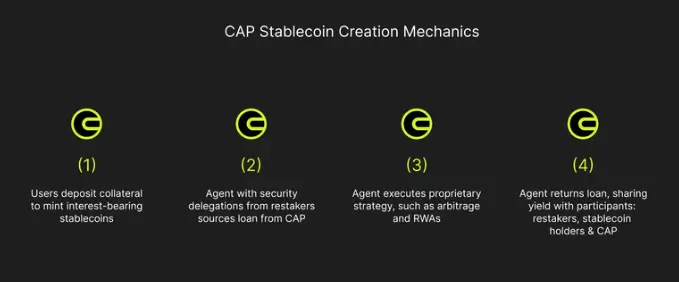
In regards to downside risk, CAP Money uses AAVE’s stablecoin base yield rate as an absolute minimum guarantee, and therefore there is no risk of unlimited downside in the event of an operator doing something they shouldn’t.
Any yield earned in addition to this AAVE amount depends on the yield generator and the strategies they deploy.
There are however, as always, some risks involved.
The first of these risks is the chance that the underlying collateral itself, in this case USDC or USDT, de-pegs.
If a depegging event were to take place in USDC or USDT, then it's fair to say that yields would be the last thing you would be worried about, as the entire crypto space would take a serious nosedive.
There is also the ever-present concern of platform risk.
CAP is built on top of shared security marketplaces like EigenLayer and, therefore, is exposed to the risks of these platforms being exploited.
Bridge exploits pose another threat to users wishing to bridge funds across to access cUSD.
Bridge exploits have always been the biggest in crypto history and will remain an issue for all on-chain gamblers for the foreseeable future.
The final risk involved here is within the smart contracts themselves.
As with any smart contract-based platform, users need to rely on thorough audits carried out by security firms and keep their fingers crossed that those pesky North Koreans don’t find any loopholes in the code.

Final thoughts
Anything within DeFi that comes with a downside guarantee is bound to attract some serious attention. Especially from large players who aren’t willing to put billions of dollars of capital at risk in some early-stage crypto protocol.
The magnitude of this for CAP Money is already becoming apparent as many large institutions show huge interest in the protocol.
One of their first operators just happens to be a $600 billion firm.
For this reason, CAP doesn’t have to provide ridiculous yields that have been used to attract degenerates in the past. Instead, the safety aspect will be the biggest selling point for big players who want exposure to crypto capital.
The importance of stablecoins in general cannot be overstated.
Taking away the fees, time, and issues involved with transferring money across borders using traditional finance systems is a huge use case, and probably the strongest product market fit in all of crypto today.
Daily transaction volume for stablecoins is at all-time highs of $80+ billion and growing rapidly. USDT and USDC combined currently hold 95% of this volume, but protocols like CAP look set to steal away some of this market share.
This potential to take market share away from Tether and Circle becomes more apparent when considering that the total market cap of yield-bearing stablecoins is only 10% of USDT and USDC’s combined valuation.
Lots of room for this to grow!
CAP Money aims to become a universal marketplace for liquidity where other large stablecoin players like Sky, Ethena, etc can compete for capital in the same market as big institutions like Blackrock and their mates.
It certainly looks like CAP Money is well on its way to achieving exactly that, and anyone trying to keep up with the innovation happening around these flat charted coins should pay very close attention.
For a closer look at all things CAP Money, check out their docs here.






%20(1).webp)
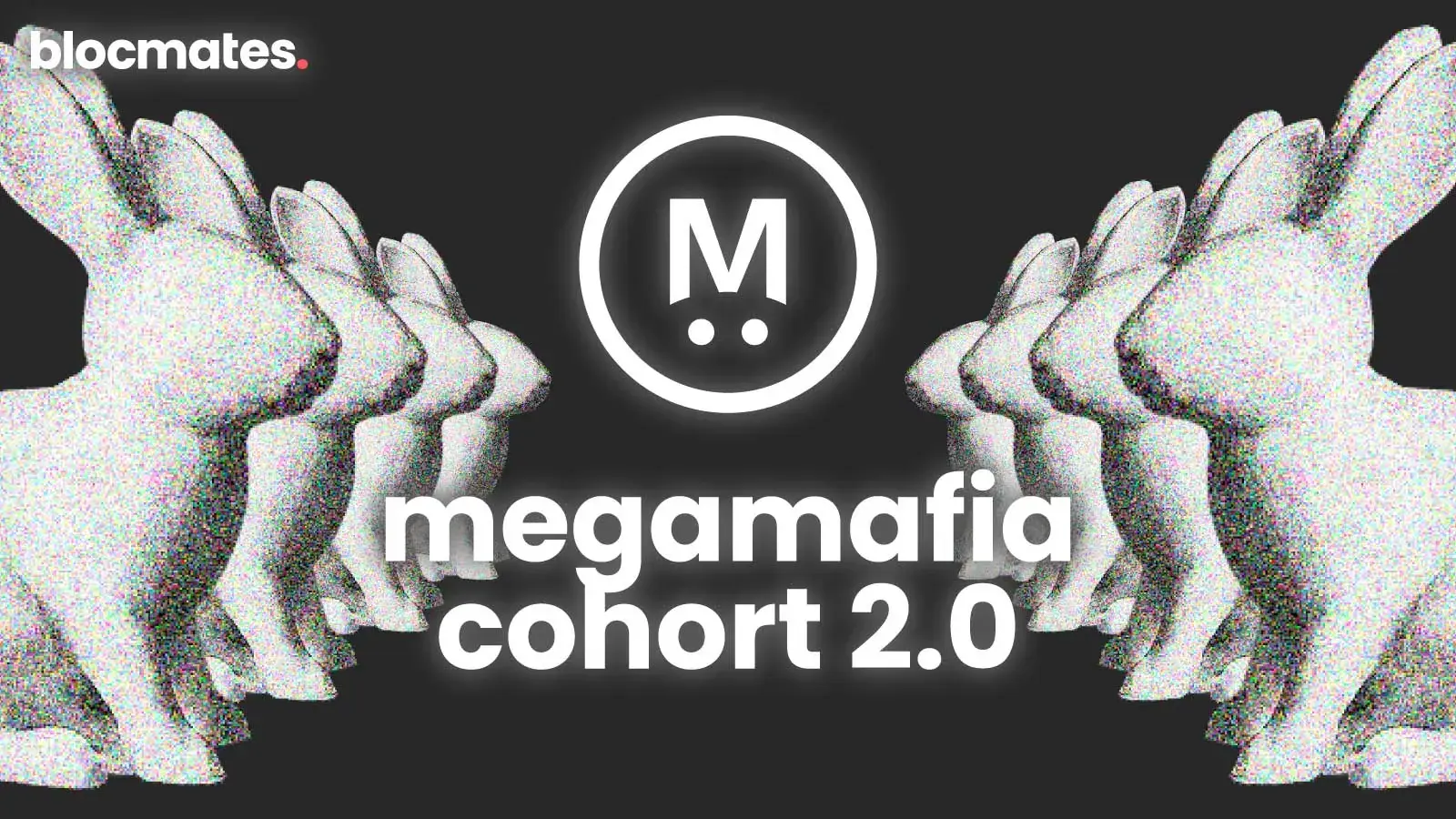





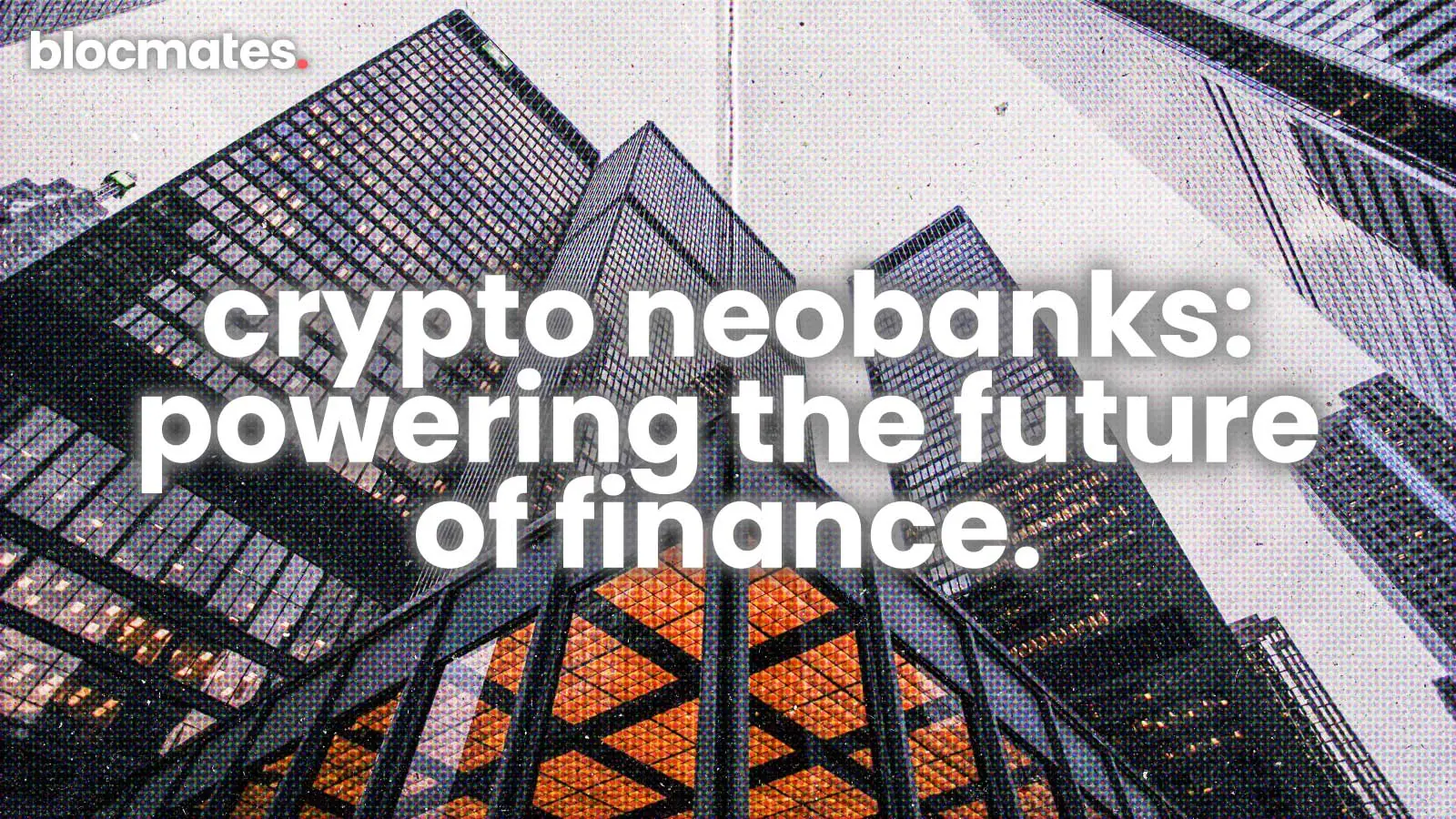


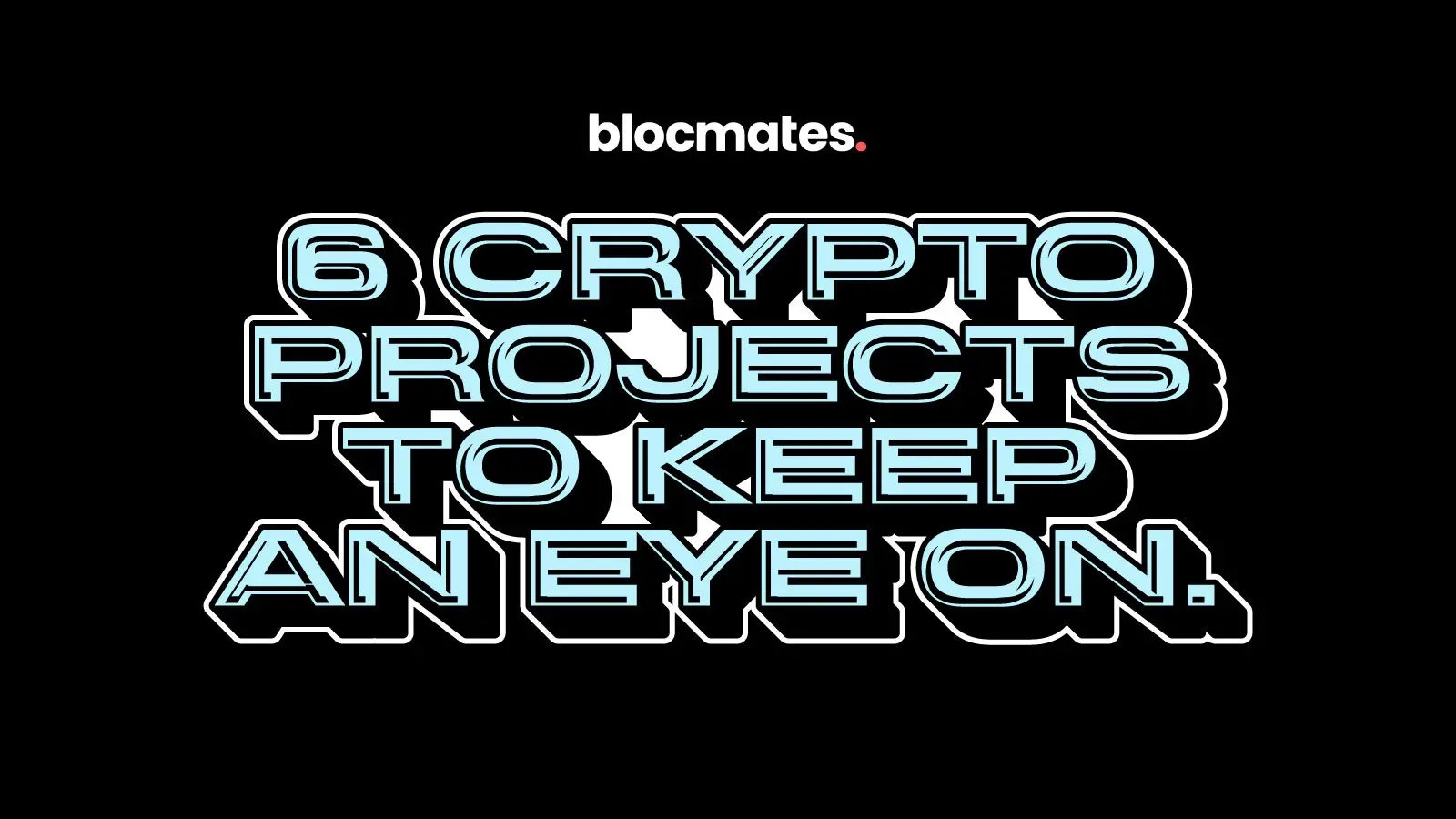
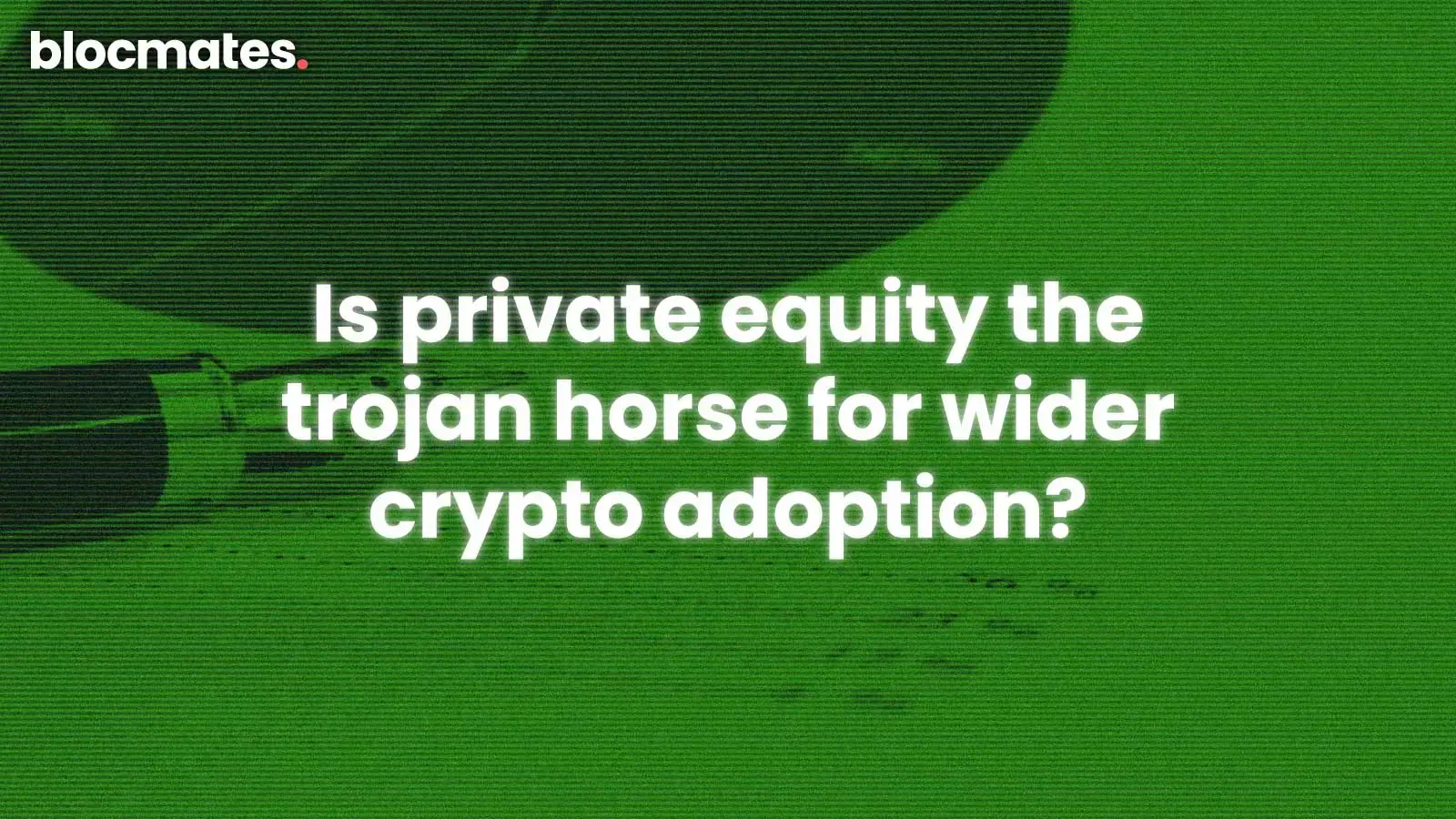


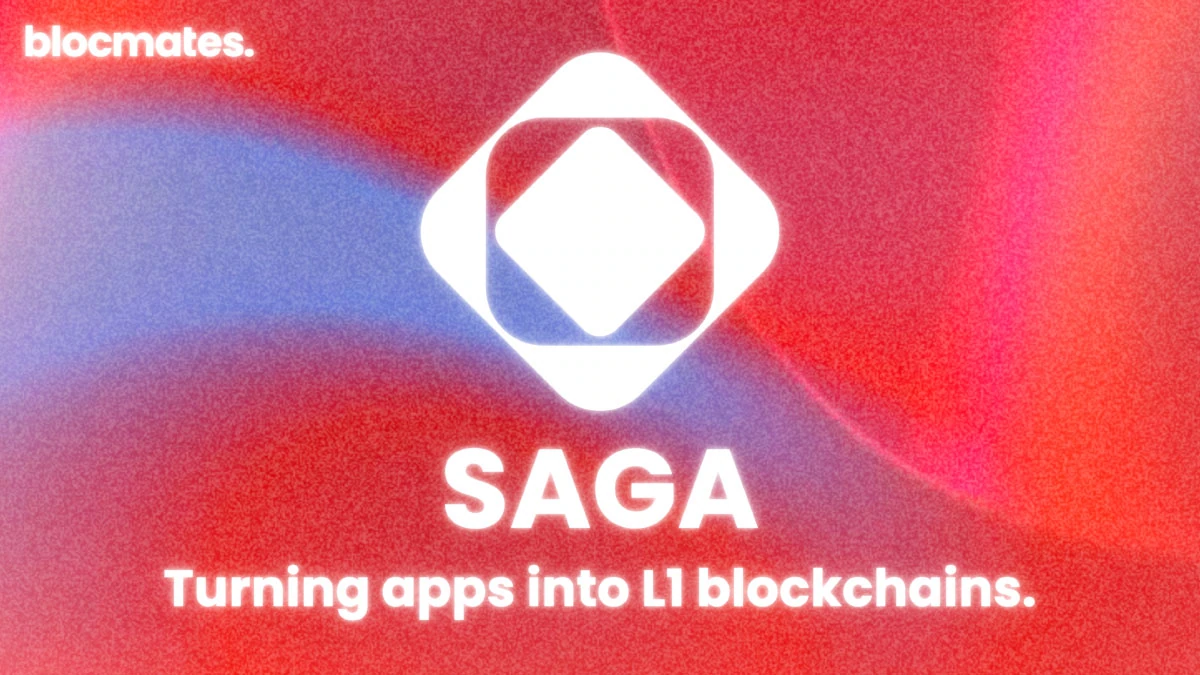
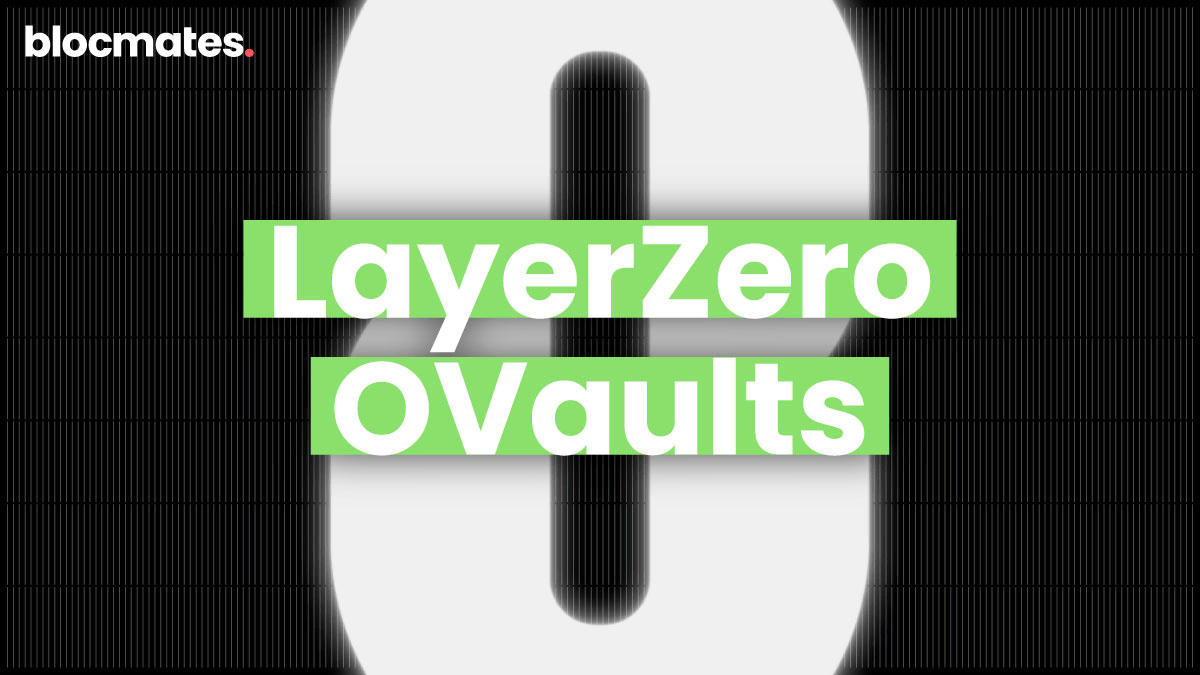

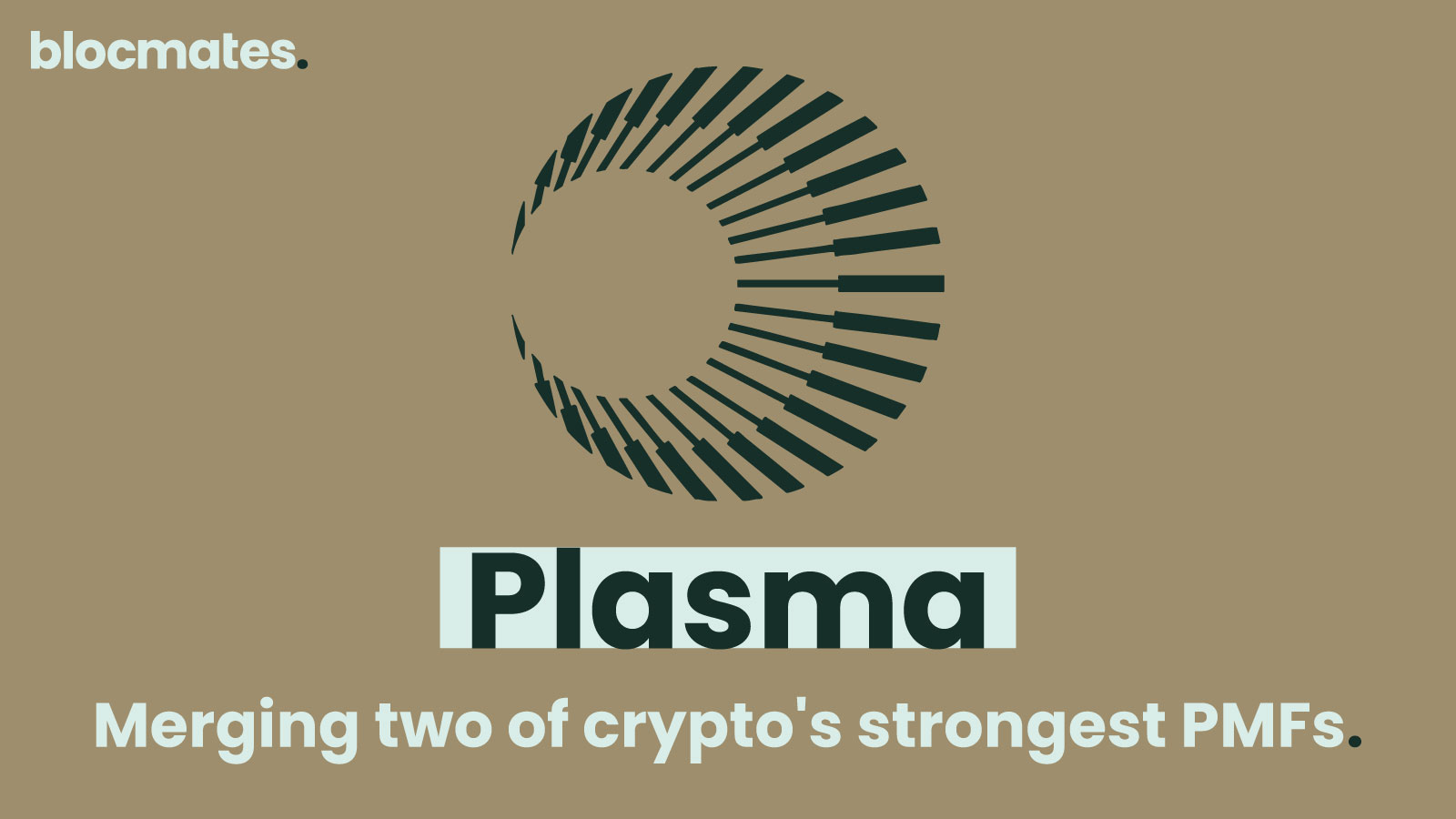
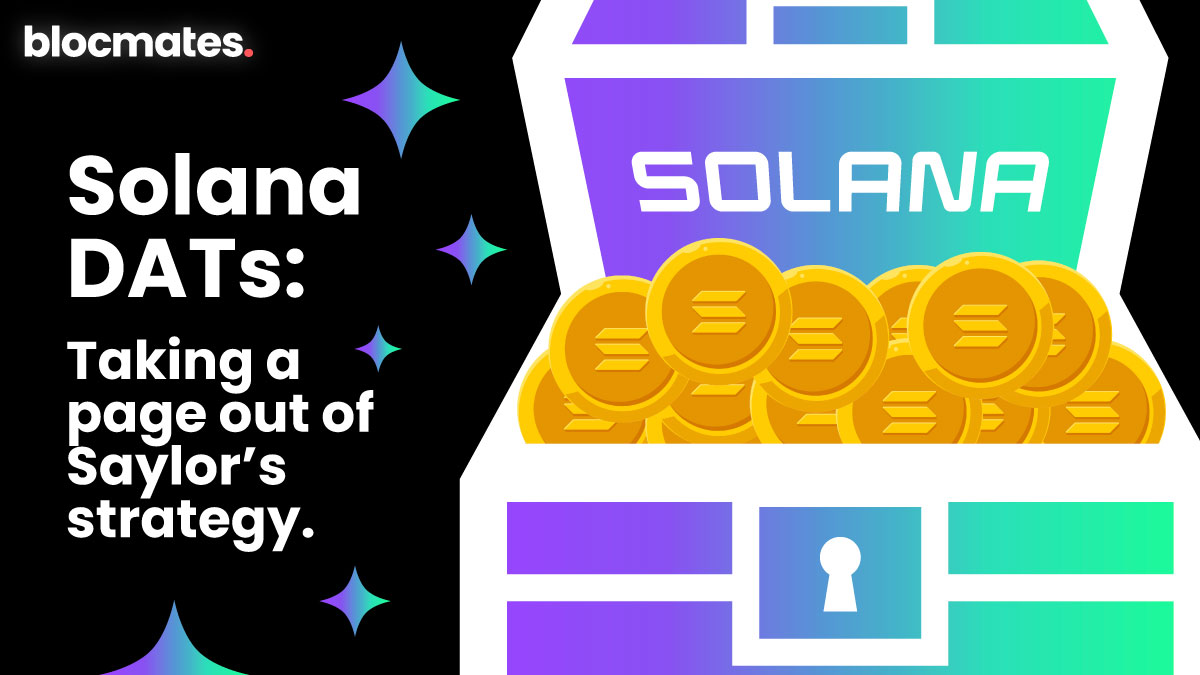


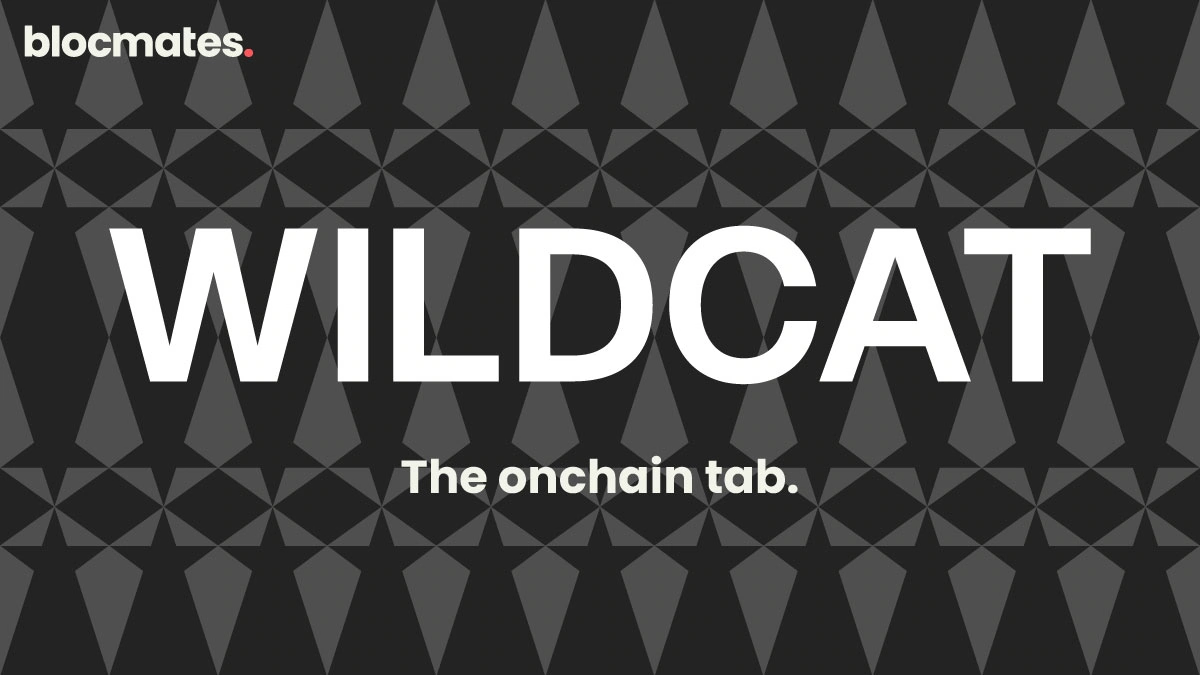

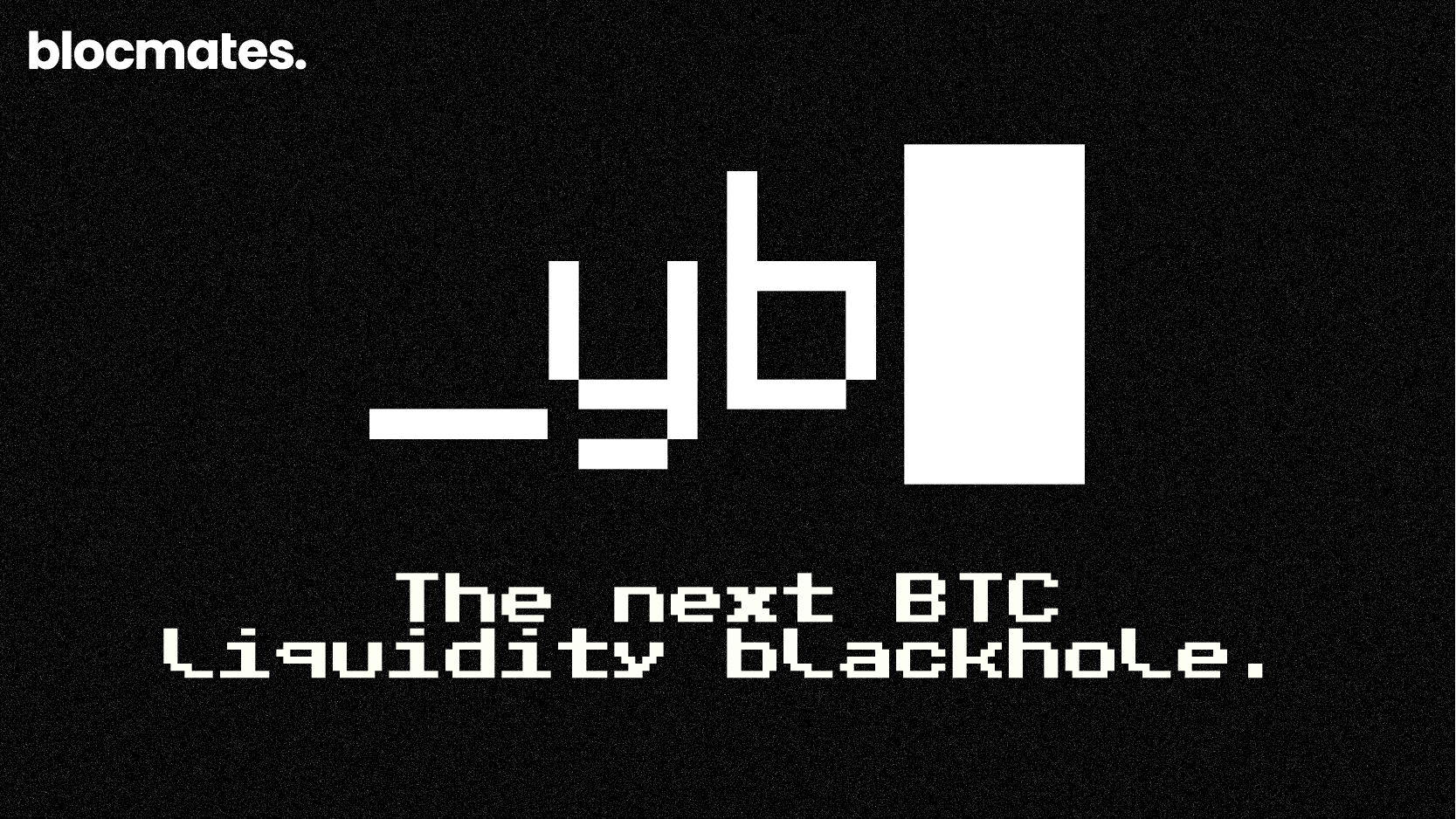



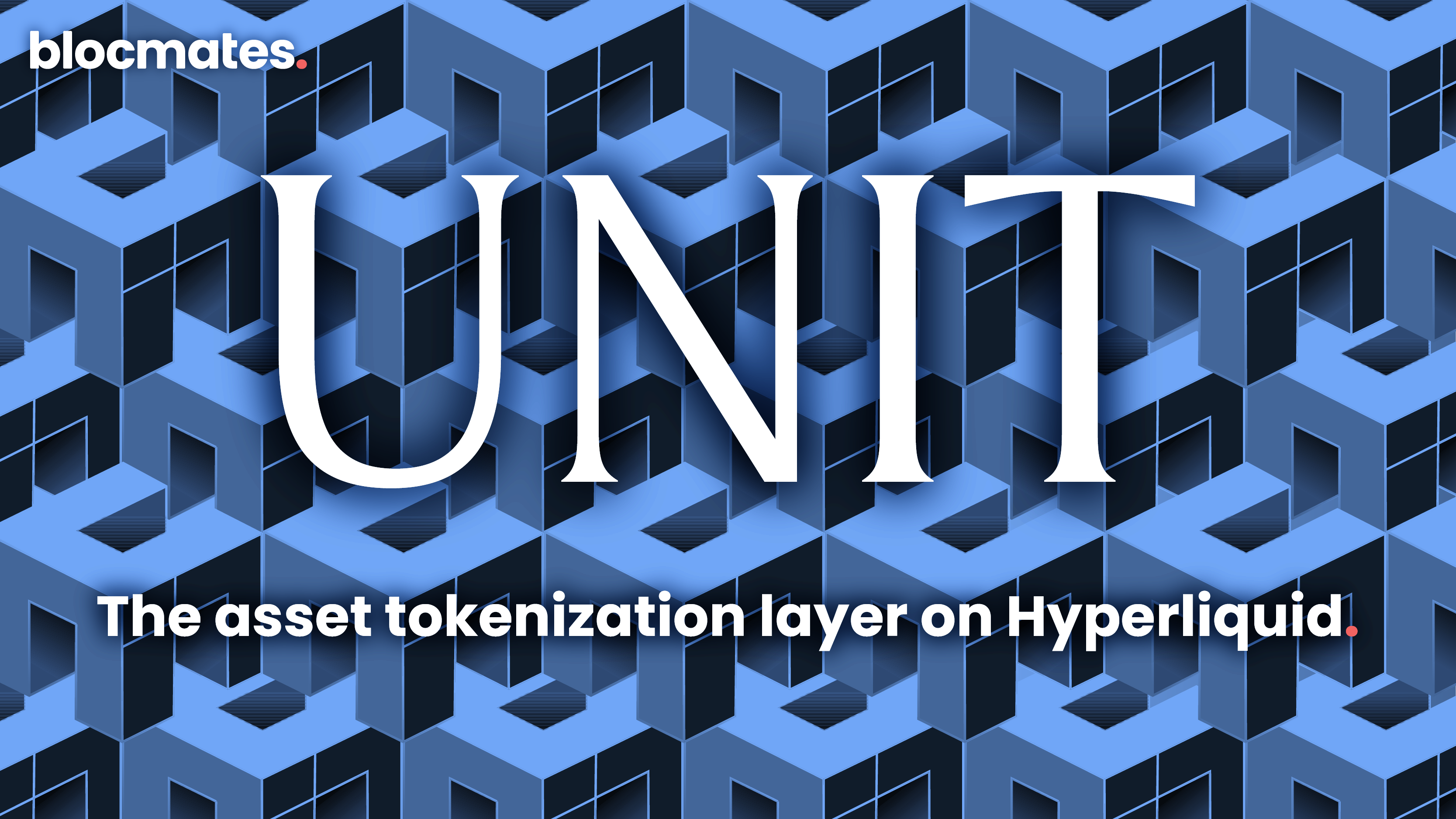




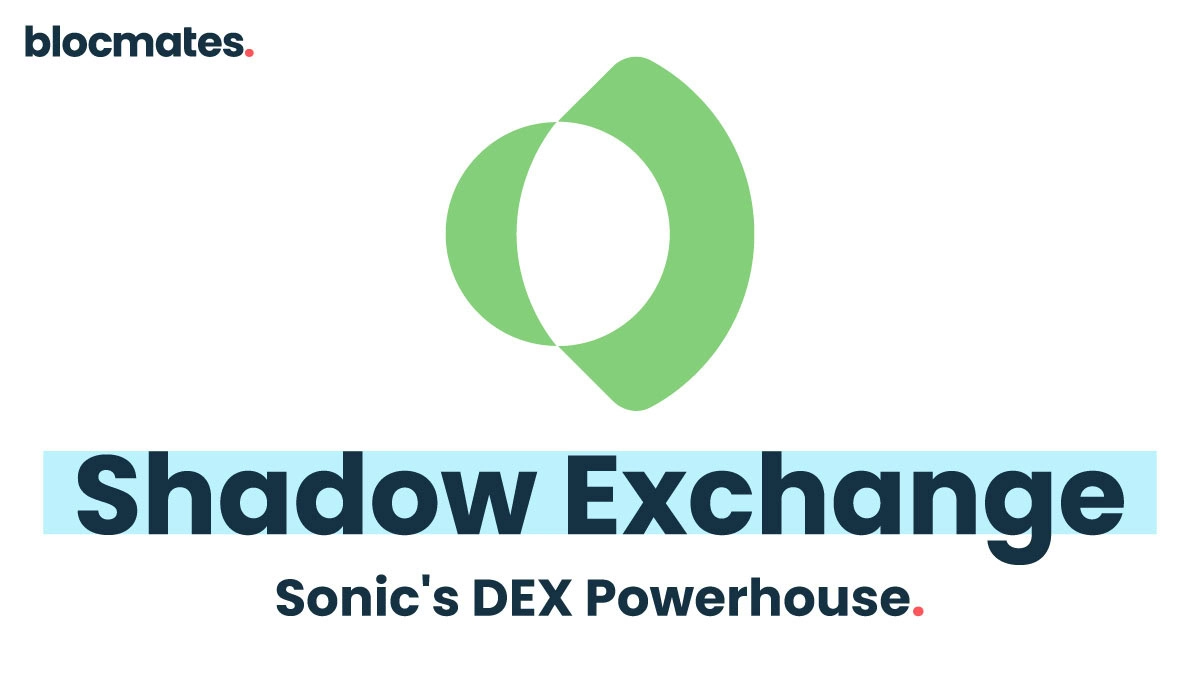
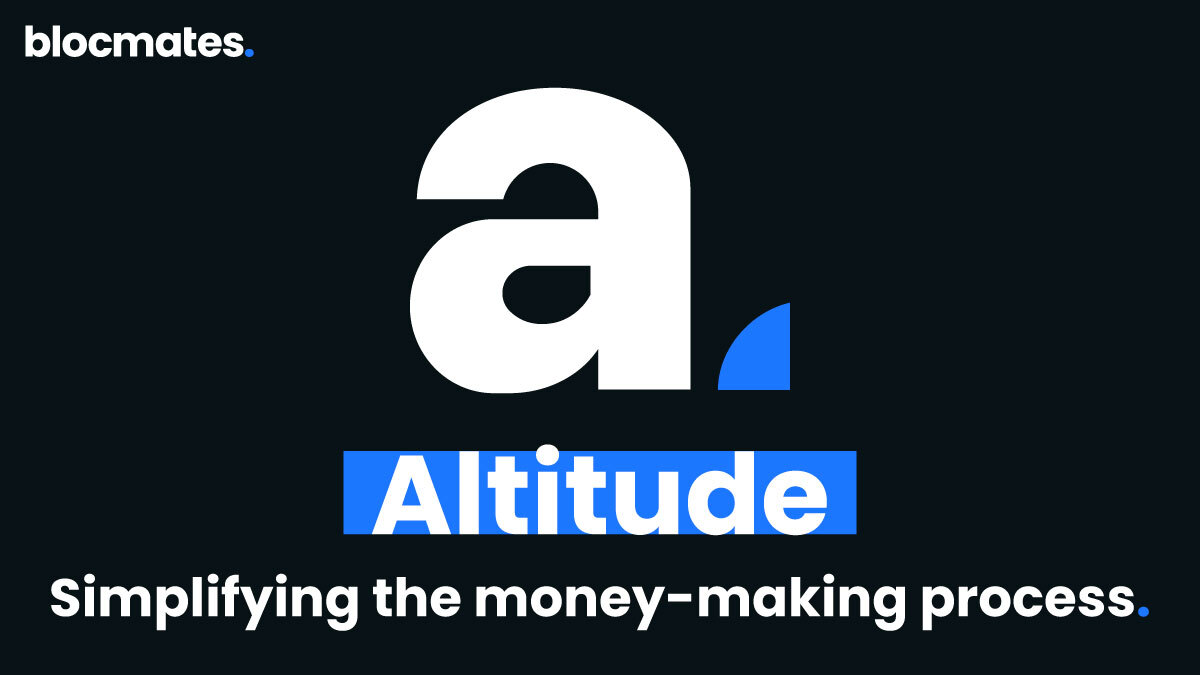


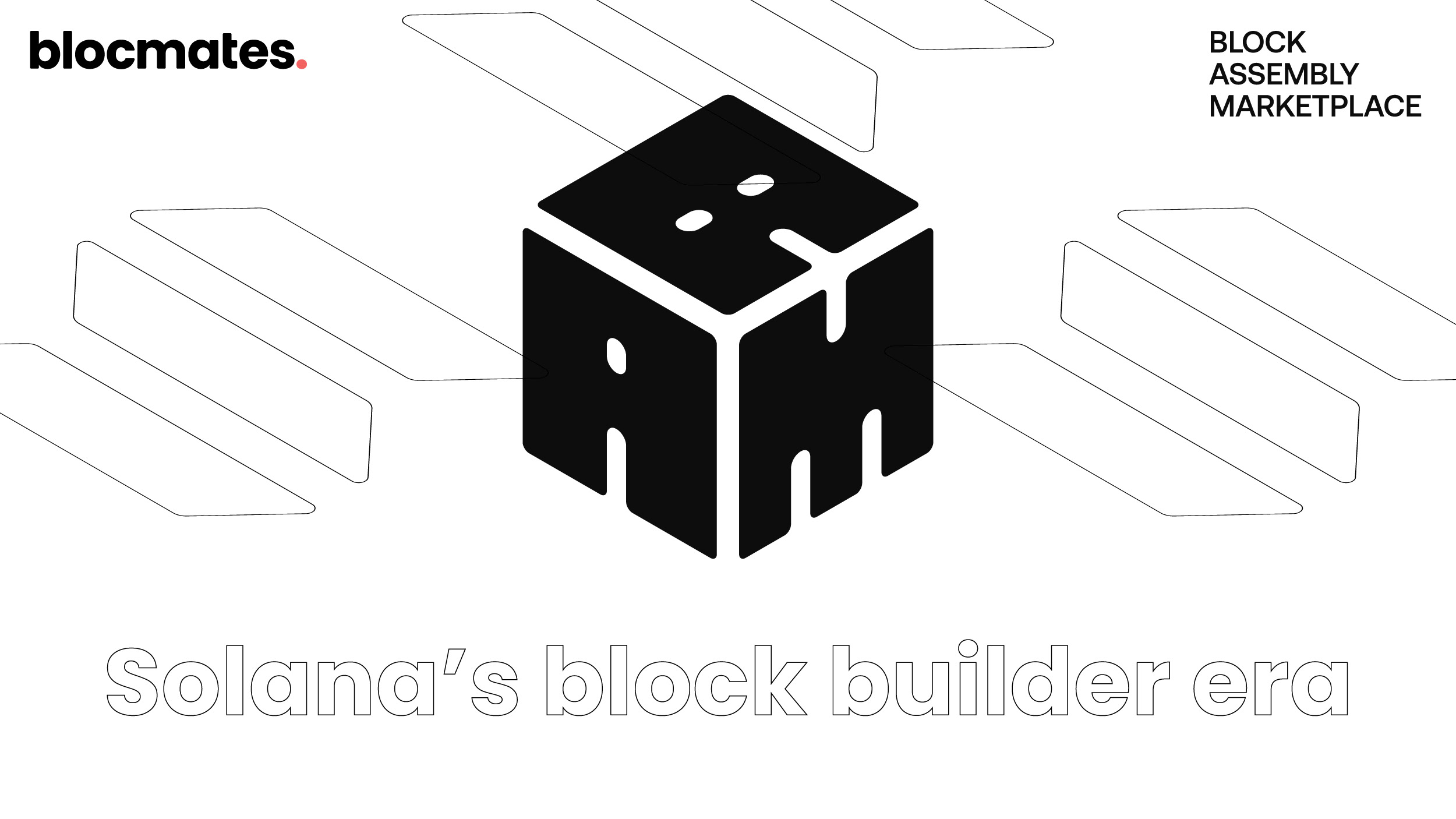



























%202.webp)


.webp)

.webp)
.webp)
.webp)


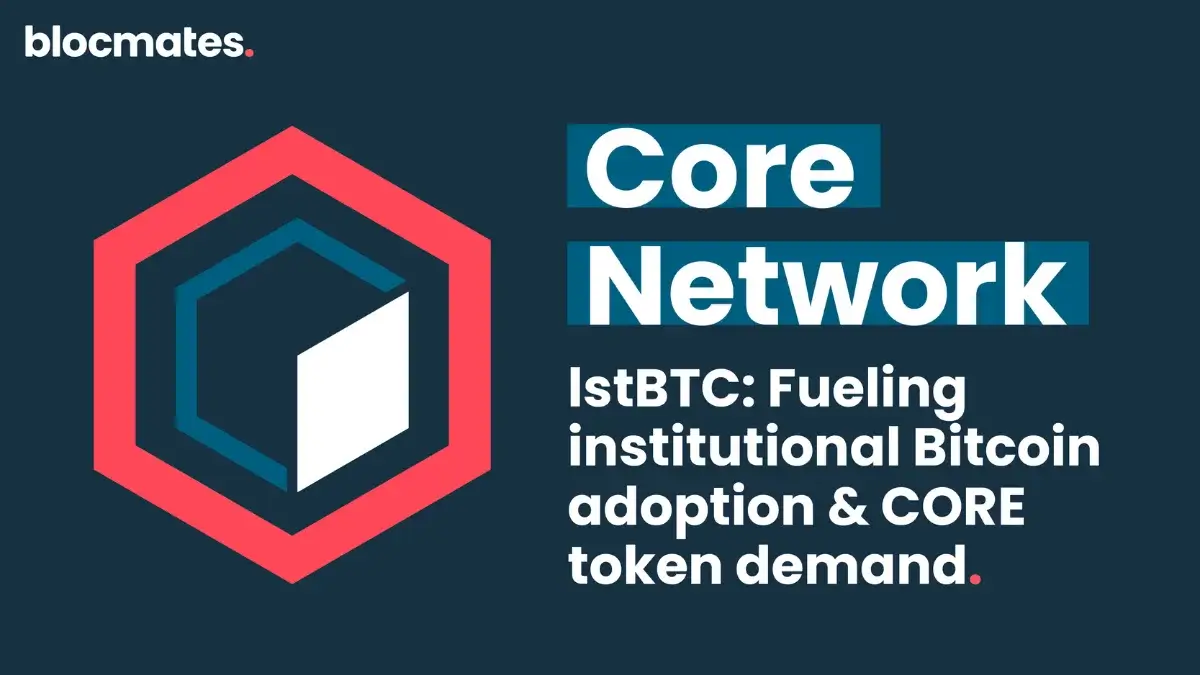
.webp)











%20the%20Next%20Big%20Unlock%20in%20AI.webp)














.webp)
.webp)

.webp)
.webp)
.webp)


.webp)
.webp)










.webp)


.webp)






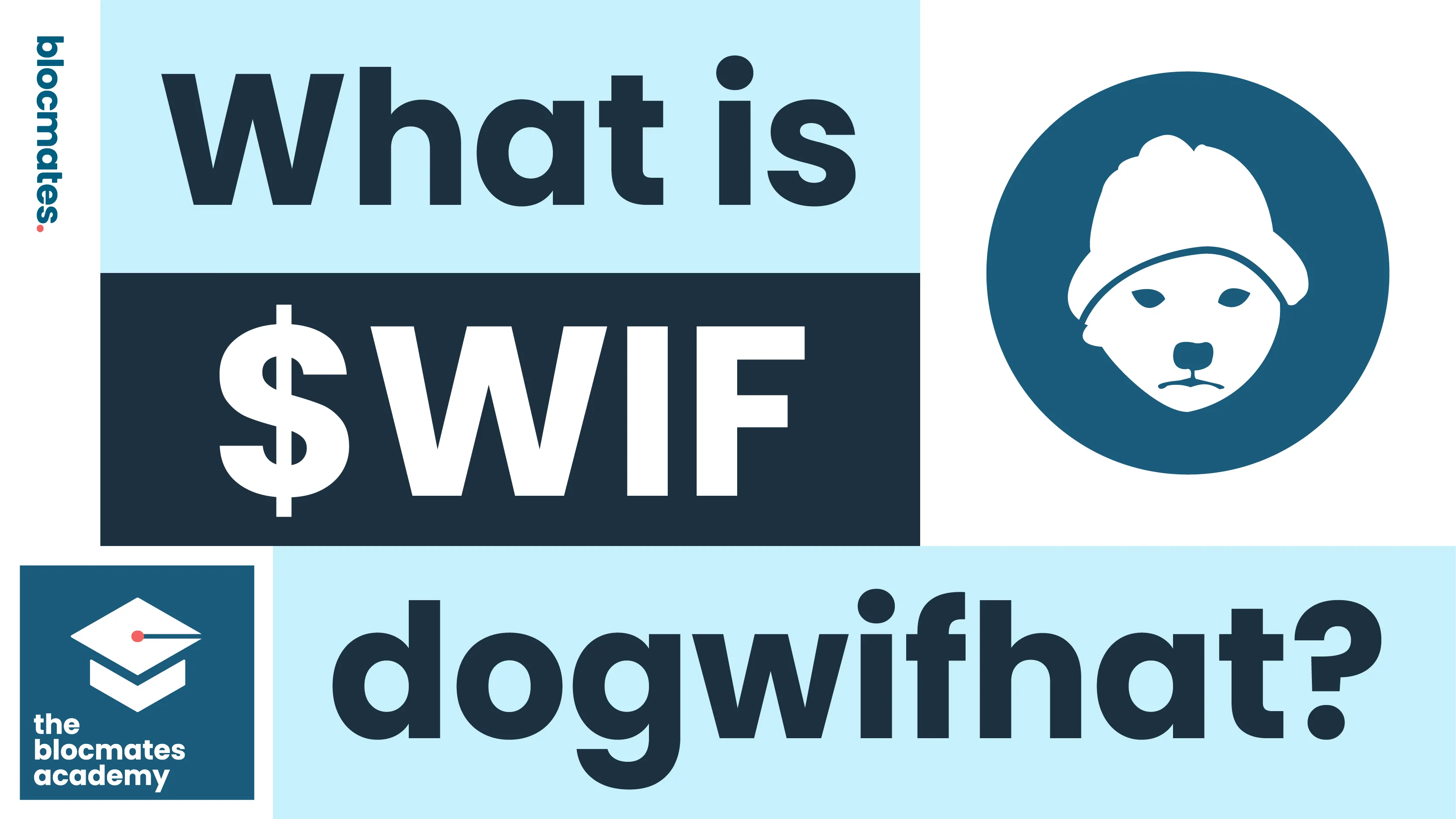


.webp)







.webp)
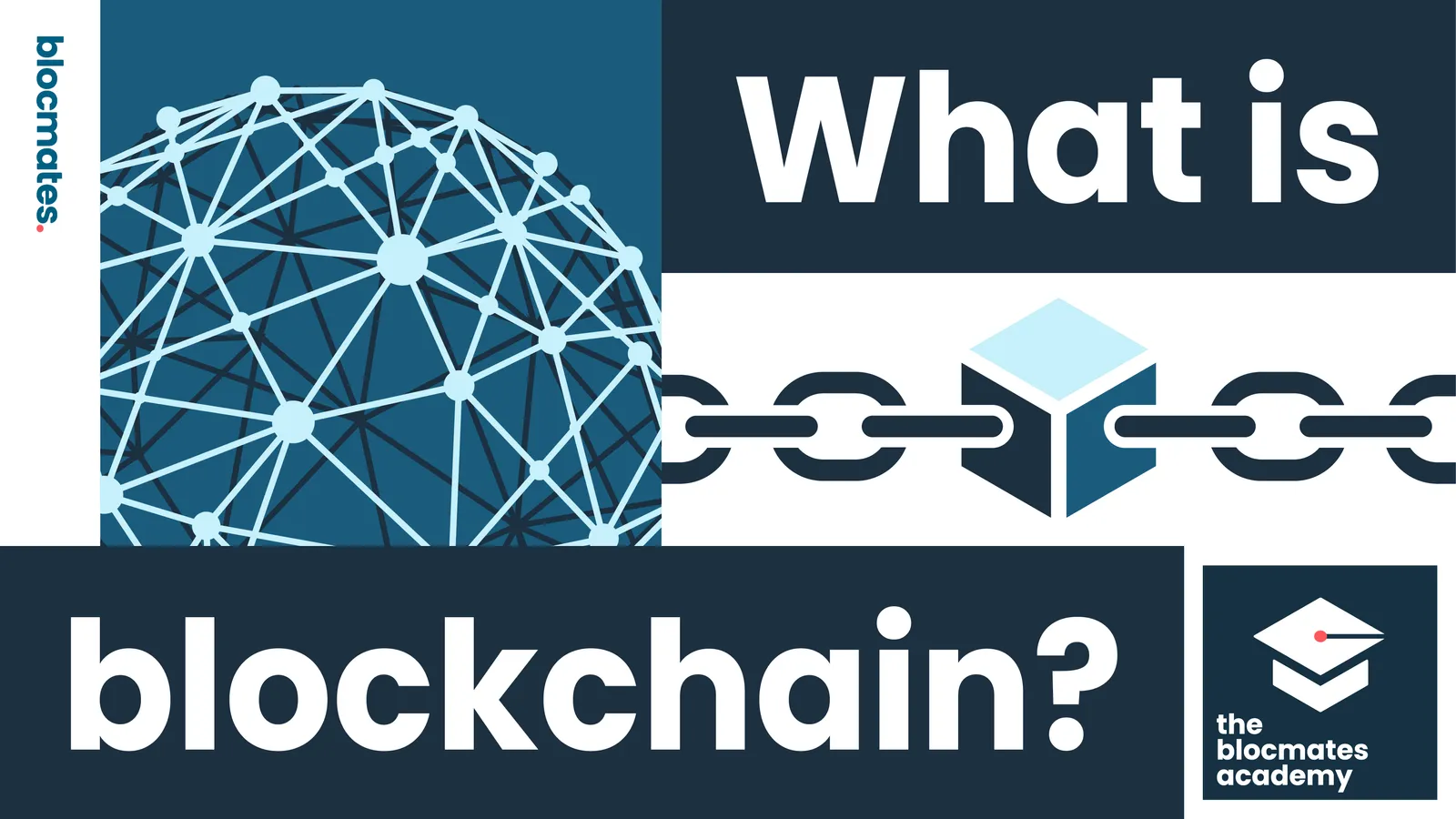



.webp)








.webp)
.webp)
.webp)






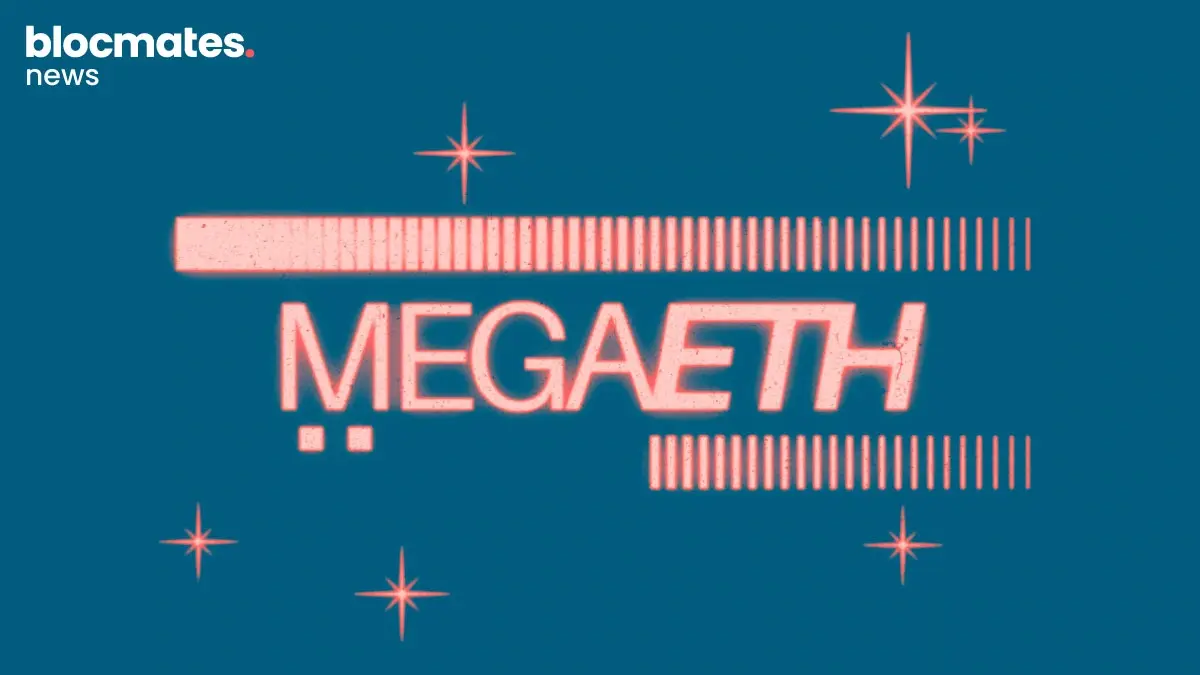






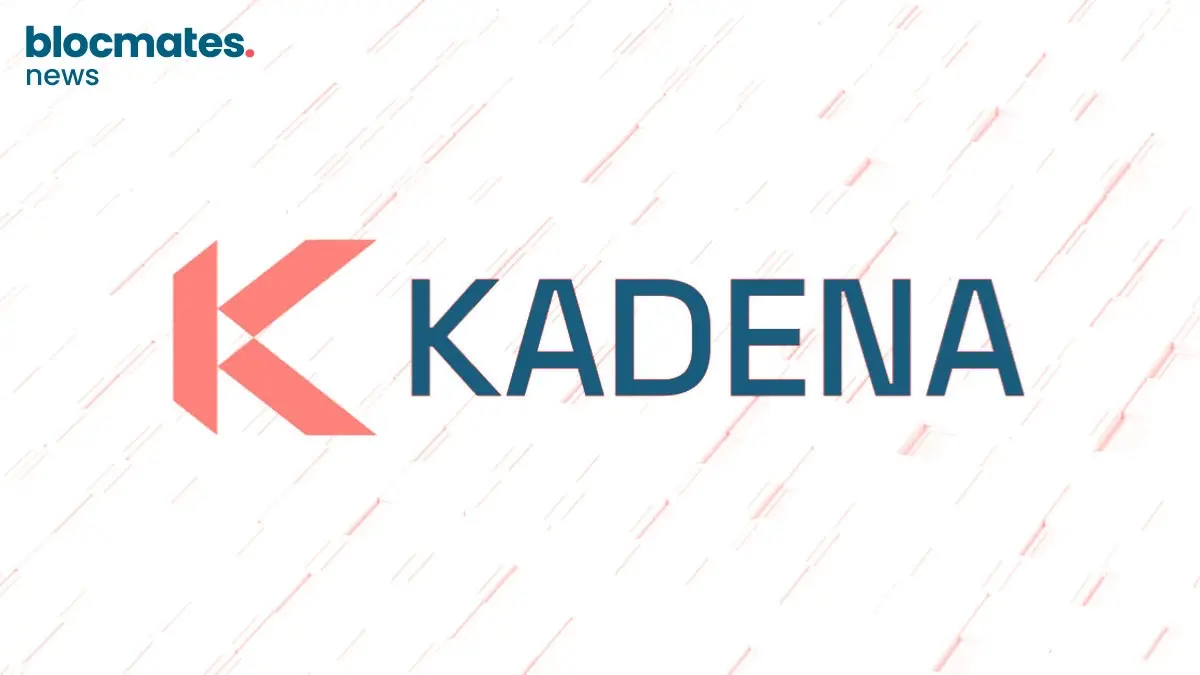



.webp)

.webp)
.webp)

.webp)



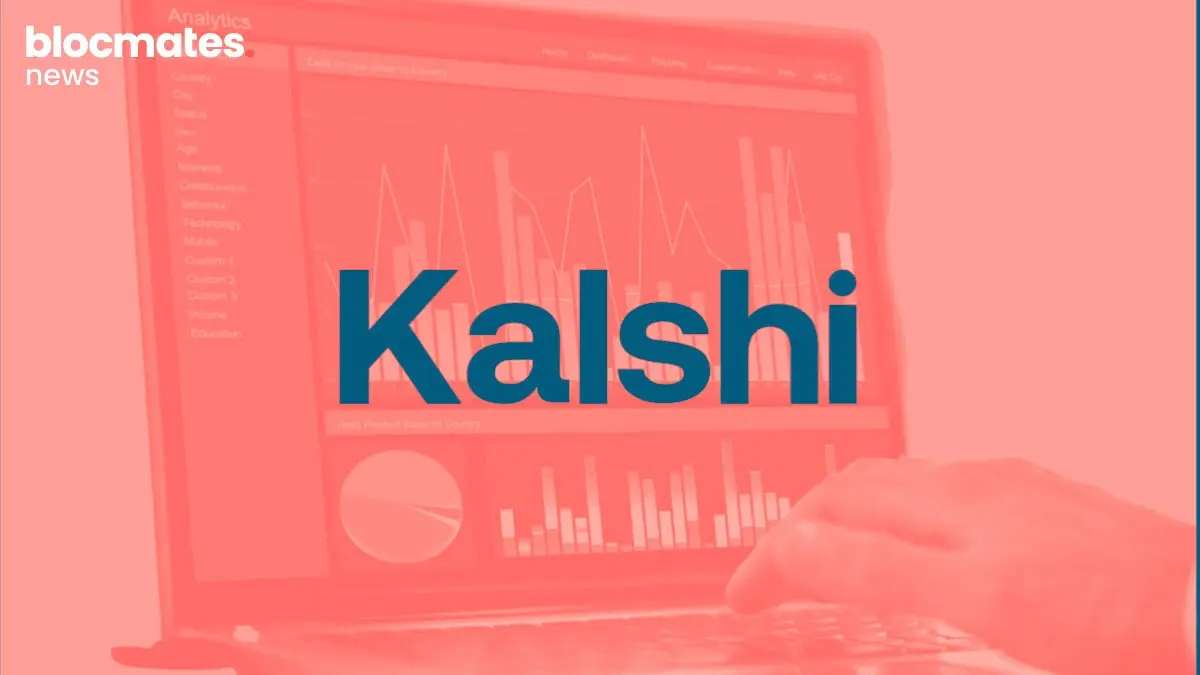




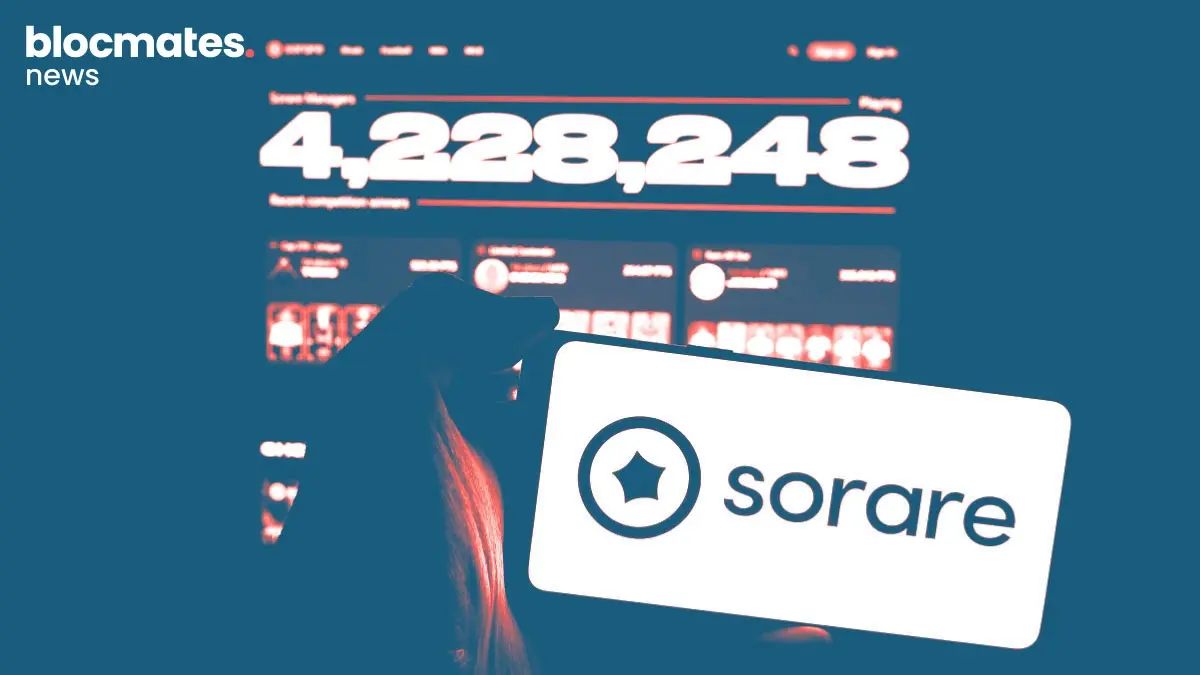







.webp)

.webp)


.webp)



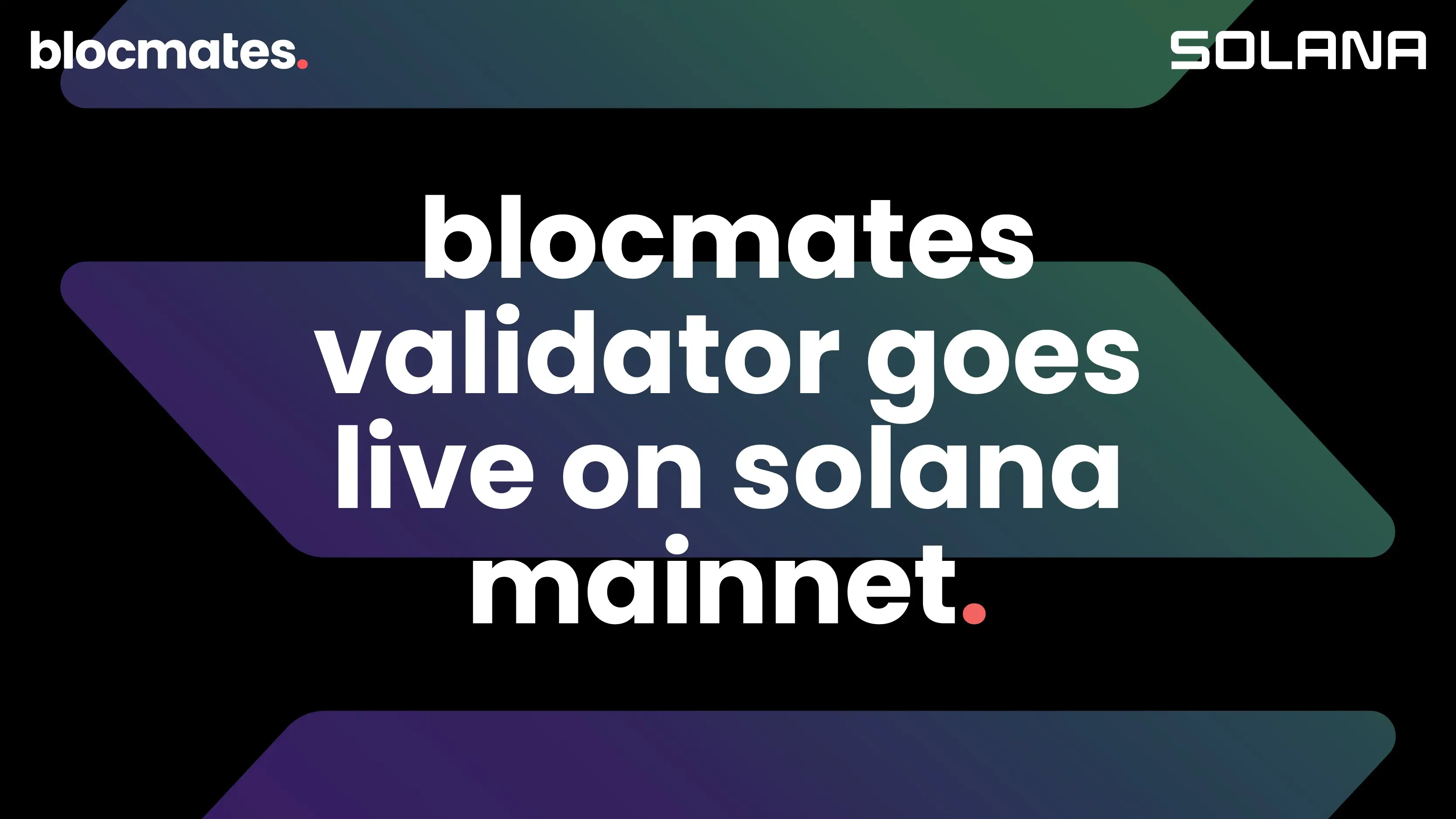




.webp)





.webp)









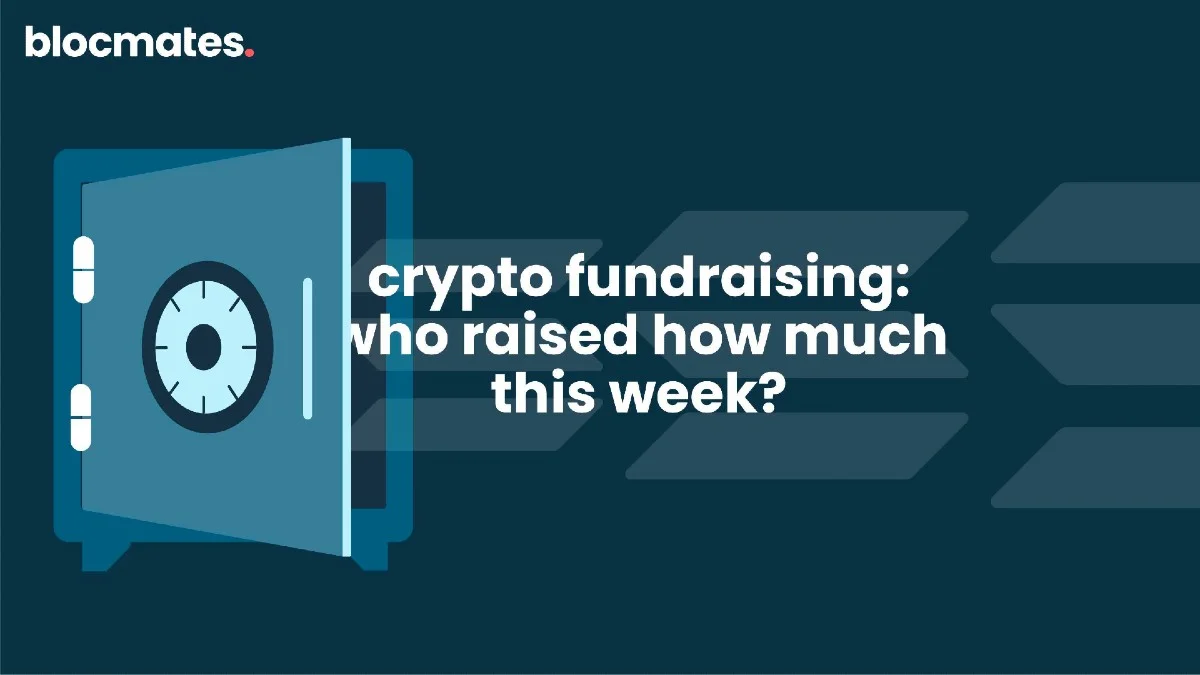


.webp)





